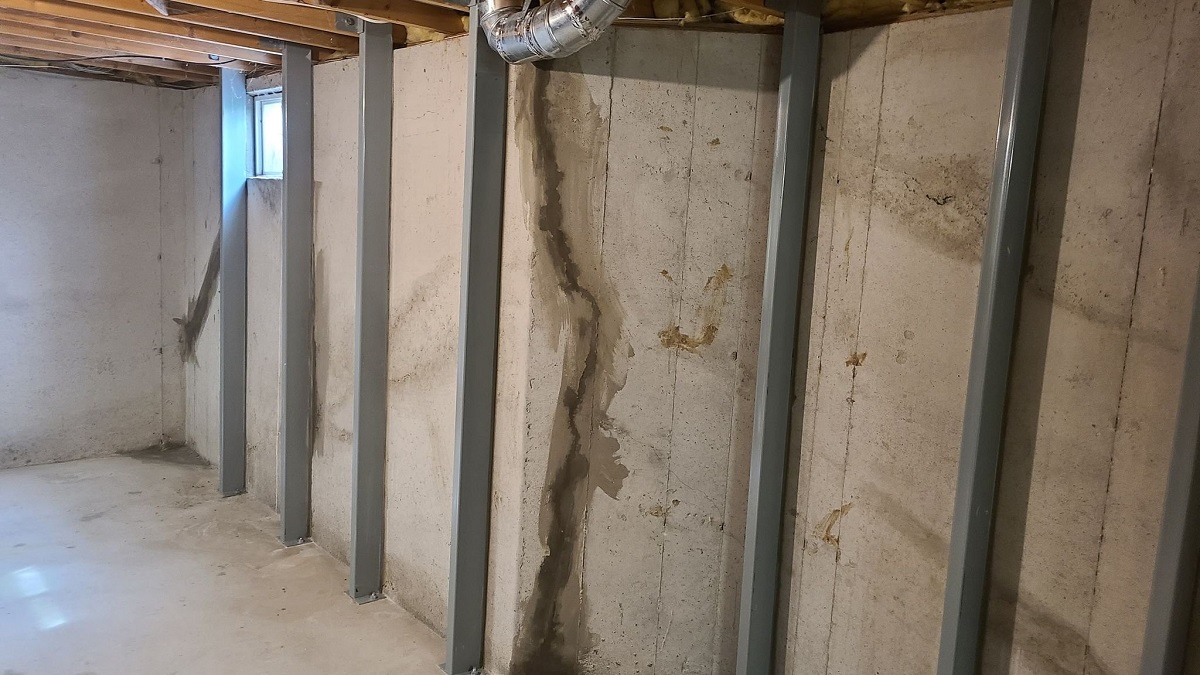

Articles
How Many Support Beams Are In A Basement
Modified: May 6, 2024
Discover the importance of support beams in your basement with our informative articles. Learn how many support beams you need to ensure a structurally sound foundation.
(Many of the links in this article redirect to a specific reviewed product. Your purchase of these products through affiliate links helps to generate commission for Storables.com, at no extra cost. Learn more)
Introduction
Welcome to the comprehensive guide on support beams in basements. If you’re a homeowner or someone looking to buy a property with a basement, understanding the role and importance of support beams is crucial. These beams play a critical role in providing stability and structural integrity to your home’s foundation.
Basements are designed to withstand the weight of the entire structure above, and as such, support beams are used to distribute this weight evenly and prevent any potential structural damage. In this article, we will explore the significance of support beams in basements, how to determine the number of beams needed, common types of support beams, factors affecting their installation, and maintenance and signs of potential issues to look out for.
Whether you’re planning to renovate your basement, build a new one, or simply want to learn more about the components that keep your home secure, this guide will provide you with the essential knowledge you need.
Key Takeaways:
- Proper installation and maintenance of support beams are crucial for the safety and longevity of your home. Consult professionals, choose the right materials, and address potential issues promptly to ensure a secure and stable basement.
- Understanding the factors that influence the number of support beams needed is essential. Consider the size and layout of your basement, the weight of the structure above, and seek professional guidance to determine the optimal support for your specific needs.
Read more: How To Install A Support Beam In The Attic
Importance of Support Beams in Basements
Support beams are integral elements of any basement structure. They play a crucial role in providing support, stability, and load-bearing capacity to the overall building. Without these beams, the weight of the structure and its contents above can cause the basement walls and floors to crack or collapse.
One of the primary functions of support beams is to transfer the weight of the upper floors down to the foundation. This prevents excessive stress and strain on the basement walls, which can lead to structural failure. Without adequate support beams, the structural integrity of your home can be compromised, resulting in costly repairs and potential safety hazards.
Support beams also help to distribute the load evenly across the basement area. This ensures that the weight is evenly dispersed to prevent any areas from being overloaded, which could lead to sagging or shifting of the structure above. Additionally, support beams help to reduce the risk of excessive deflection, which can result in uneven floors or cracks in the walls.
In areas prone to seismic activity or high winds, support beams become even more critical. They provide reinforcement and resistance against lateral forces, helping to stabilize the entire structure during such events. This can significantly reduce the risk of damage and ensure the safety of occupants.
Furthermore, support beams in basements contribute to the overall longevity and durability of the building. By effectively supporting the weight of the structure above, they help to minimize the wear and tear on the foundation, walls, and other structural components. This can extend the lifespan of your home and reduce the need for frequent repairs or renovations.
Overall, the importance of support beams in basements cannot be overstated. They are vital for maintaining the structural integrity, stability, and safety of your home. Whether you’re building a new basement or assessing the condition of an existing one, it is crucial to ensure that the support beams are properly installed and adequately meet the load-bearing requirements of your specific structure.
Determining the Number of Support Beams in Your Basement
When it comes to determining the number of support beams required for your basement, several factors need to be considered. These factors include the size and layout of the basement, the weight of the structure above, and the type of support beams used. It’s important to assess these aspects to ensure that your basement has adequate support for its load-bearing requirements.
The first step in determining the number of support beams is to carefully measure and evaluate the dimensions of your basement. Take note of the length, width, and height of the space. This will give you a baseline understanding of the area that needs support. Additionally, consider any openings, such as doors or windows, and how they may impact the placement of the support beams.
Next, consider the weight of the structure that the basement will need to bear. This includes the weight of the upper floors, walls, and the contents of the building. For residential properties, the weight can vary depending on factors such as the number of stories, materials used, and the size of the home. For commercial buildings or structures with unique features, it may be necessary to consult with a structural engineer to accurately evaluate the load-bearing requirements.
Once you have a clear understanding of the dimensions and the weight of the structure, you can then determine the type of support beams needed. There are various types of support beams commonly used in basements, including steel beams, wooden beams, and concrete beams. Each type has different load-bearing capacities and installation requirements.
Consider consulting with a professional contractor or structural engineer who can provide expert advice on the appropriate type and size of support beams for your specific basement. They will assess the load-bearing requirements based on the dimensions and weight of the structure, and recommend the optimal placement and number of support beams.
It’s important to note that support beams should be strategically placed to evenly distribute the weight and minimize any potential structural issues. This may require the use of additional columns, beams, or support walls, depending on the complexity of the basement layout.
By carefully evaluating the dimensions, weight, and type of support beams needed, you can determine the optimal number of support beams for your basement. Ensuring that your basement has the appropriate support will not only enhance the structural integrity of your home but also provide you with peace of mind knowing that your property is safe and secure.
Common Types of Support Beams
Support beams are available in various materials, each offering different strengths and characteristics. The choice of support beam type will depend on factors such as the load-bearing requirements, budget, and aesthetic preferences. Here are some of the most common types of support beams used in basements:
- Steel Beams: Steel beams are highly durable and have excellent load-bearing capacity. They are often used in commercial buildings or larger residential structures where heavy loads need to be supported. Steel beams are versatile, can span long distances, and are resistant to fire and decay. However, they may be more expensive compared to other types of support beams.
- Wooden Beams: Wooden beams, known for their traditional and rustic charm, are a popular choice for residential basements. They are cost-effective, readily available, and relatively easy to install. Wooden beams can handle moderate loads and provide a warm and natural aesthetic. However, wood may be susceptible to moisture, pests, and decay, requiring regular maintenance and protection.
- Concrete Beams: Concrete beams are known for their strength and durability. They are commonly used in basements where high load-bearing capacity is required. Concrete beams can withstand compression forces, making them suitable for supporting heavy structures. They are fire-resistant and provide excellent stability. However, concrete beams may require professional installation and can add significant weight to the structure.
- Laminated Veneer Lumber (LVL) Beams: LVL beams are engineered wood products that offer enhanced strength and stability. They are made by bonding multiple layers of thin wood veneers together with adhesives. LVL beams have excellent load-bearing capacity and are resistant to warping and twisting. They are often used when large spans need to be supported. LVL beams are relatively lightweight and easy to work with.
- Glulam Beams: Glulam beams, short for glued laminated timber, are made by bonding multiple layers of dimensioned lumber together with adhesives. These beams are known for their strength, dimensional stability, and aesthetic appeal. Glulam beams can be customized to specific load requirements, making them suitable for a wide range of applications. They provide a natural and visually pleasing look to basements.
It is essential to consult with a professional contractor or structural engineer to determine the most appropriate type of support beam for your basement. They will assess the load-bearing requirements, consider the specific conditions of your basement, and provide expert advice on the best material and design to ensure the structural integrity and safety of your home.
Count the number of columns in the basement to determine the number of support beams. Typically, each column will have a corresponding support beam.
Factors Affecting the Number of Support Beams Required
The number of support beams required in a basement is influenced by several factors. Understanding these factors is crucial for ensuring that your basement has the appropriate amount of structural support. Here are the key factors that can affect the number of support beams needed:
- Size and Layout of the Basement: The size and layout of the basement play a significant role in determining the number of support beams required. Larger basements or those with complex layouts may require more beams to distribute the weight evenly. Additionally, the presence of openings such as doors or windows may affect the placement and number of support beams.
- Weight of the Structure Above: The weight of the structure above the basement is a critical factor in determining the number of support beams needed. This includes the weight of the upper floors, walls, and any additional loads such as furniture or equipment. The load-bearing capacity of the support beams should be capable of safely supporting the weight of the entire structure to prevent structural damage or collapse.
- Load Distribution: The load distribution in the basement needs to be carefully evaluated. Support beams should be strategically placed to evenly distribute the weight and prevent any areas from being overloaded. Uneven weight distribution can lead to sagging or shifting, which can compromise the structural integrity of the basement and the overall building.
- Building Codes and Regulations: Building codes and regulations set by local authorities may dictate the minimum requirements for support beams in basements. These codes ensure the safety and structural integrity of the building. It is essential to be aware of and comply with these regulations when determining the number of support beams required.
- Type and Strength of Support Beams: The type and strength of the support beams used in the basement will also impact the number required. Different materials, such as steel, wood, or concrete, have varying load-bearing capacities. The choice of support beam material should be based on the specific load requirements and structural considerations of the basement.
- Professional Guidance: Consulting with a professional contractor or structural engineer is essential for accurately assessing the number of support beams required. These experts will consider all the above factors and conduct a thorough evaluation to determine the optimal placement and number of support beams for your basement’s specific structural needs.
By considering these factors and seeking professional guidance, you can ensure that the number of support beams in your basement is appropriate for the load-bearing requirements. This will help maintain the structural integrity of your home and provide a safe and secure living environment.
Read more: What Is A Beam In Construction
Installing and Maintaining Support Beams in Basements
Proper installation and maintenance of support beams in basements are essential for ensuring the long-term structural integrity and safety of your home. Here are some important guidelines to follow:
1. Professional Installation: It is recommended to hire a professional contractor or structural engineer to install the support beams in your basement. They have the expertise and experience to make accurate calculations, ensure proper placement, and adhere to building codes and regulations.
2. Choosing the Right Materials: Selecting the appropriate support beam materials is crucial. Consider factors such as load-bearing requirements, longevity, durability, and budget. Discuss these factors with your contractor to determine the best material for your specific basement needs.
3. Proper Placement: Support beams should be strategically placed to distribute the weight evenly and maximize the load-bearing capacity. The placement will depend on the size and layout of the basement, as well as the design and positioning of load-bearing walls and columns. Consult with a professional to determine the optimal placement for your specific basement.
4. Regular Inspection: Regularly inspect the support beams for any signs of damage, such as cracks, excessive deflection, or corrosion, which can compromise their strength and stability. Perform visual inspections and consult with an expert if any concerns arise.
5. Moisture Prevention: Basements are susceptible to moisture, which can weaken support beams over time. Ensure proper waterproofing measures are in place, such as adequate drainage systems and sealing any cracks or leaks. Monitor the moisture levels in the basement, as excessive moisture can lead to rot and decay of the support beams.
6. Proper Ventilation: Proper ventilation is essential to prevent moisture buildup and the growth of mold and mildew. Good airflow helps maintain the stability and integrity of the support beams. Ensure that your basement has adequate ventilation through the use of vents, fans, or dehumidifiers.
7. Timely Repairs: If any issues or damages are detected during inspections, it is crucial to address them promptly. Small issues can escalate quickly and compromise the overall structural integrity of the basement. Contact a professional to assess and repair any support beam issues.
8. Regular Maintenance: Routine maintenance is vital for preserving the condition of support beams. This can include cleaning, removing any debris, and checking for signs of wear or damage. Follow any manufacturer’s guidelines or recommendations for the specific material used in your support beams.
Remember, ensuring the proper installation and maintenance of support beams in your basement is crucial for the safe and stable structure of your home. Consult with professionals, regularly inspect and maintain the support beams, and address any issues promptly to preserve the integrity of your basement and ensure your peace of mind.
Signs of Potential Support Beam Issues
It’s important to be aware of potential support beam issues in your basement to address them promptly and prevent further damage to the structure of your home. Here are some common signs that may indicate problems with your support beams:
- Sagging or Uneven Floors: If you notice that the floors in your basement are sagging or appear uneven, it could be a sign of support beam issues. Uneven floors may indicate that the beams are not adequately distributing the weight or that they have shifted or weakened over time.
- Cracks in the Walls or Ceiling: Cracks in the basement walls or ceiling can be a warning sign of underlying support beam problems. These cracks may occur due to excessive strain or movement caused by inadequate support. Inspect the walls and ceilings for any new or growing cracks, as well as any separation or gaps between joints.
- Excessive Deflection: Deflection refers to excessive bending or deformation observed in support beams. If you notice visible signs of bending or twisting in the beams, it may indicate that they are unable to support the weight adequately. Excessive deflection should be addressed immediately to prevent further damage to the structure.
- Rust or Corrosion: If your support beams are made of steel, check for signs of rust or corrosion. Rust weakens the structural integrity of steel beams, compromising their load-bearing capacity. If you notice any areas of rust or corrosion, it is essential to address them promptly to prevent further deterioration.
- Strange Noises: Unusual noises such as creaking, popping, or shifting sounds may indicate that the support beams are under stress or are not properly supporting the weight of the structure. Pay attention to any unfamiliar sounds coming from the basement and investigate their source.
- Visible Damage: Inspect the support beams visually for any visible signs of damage, such as cracks, rot, insect infestation, or water damage. These issues can weaken the beams and compromise their ability to provide adequate support.
- Improperly Installed Beams: If you are aware of any improper installation practices or suspect that the support beams were not installed correctly, it is essential to have a professional assess the situation. Improper installation can lead to structural issues and pose risks to the safety of your home.
If you observe any of these signs in your basement, it is recommended to contact a professional contractor or structural engineer for a thorough inspection. They will be able to assess the condition of the support beams, identify any underlying issues, and provide appropriate solutions to ensure the safety and stability of your home.
Remember, addressing potential support beam issues early can prevent further damage and costly repairs in the future. Regular inspections and maintenance will help keep your support beams in optimal condition and maintain the structural integrity of your basement.
Conclusion
Support beams are integral components that provide stability and structural integrity to basements. Understanding their importance, determining the appropriate number of beams, and installing and maintaining them properly are crucial for the safety and longevity of your home.
In this comprehensive guide, we have explored the significance of support beams in basements and discussed the factors that influence their installation. By considering the size and layout of your basement, the weight of the structure above, and the type of support beams used, you can determine the optimal number of beams required.
We have also discussed the common types of support beams, including steel beams, wooden beams, concrete beams, LVL beams, and glulam beams. Each material offers different strengths and characteristics, and the choice depends on factors such as load-bearing requirements, budget, and aesthetic preferences.
Additionally, we have covered the factors that can affect the number of support beams required, such as the size and layout of the basement, the weight of the structure above, load distribution, building codes and regulations, and the type and strength of support beams.
Proper installation and maintenance are essential for the effectiveness and longevity of support beams. We have discussed the importance of professional installation, choosing the right materials, proper placement, regular inspections, moisture prevention, ventilation, and timely repairs.
Lastly, we have highlighted the signs of potential support beam issues to be aware of, including sagging or uneven floors, cracks in the walls or ceiling, excessive deflection, rust or corrosion, strange noises, visible damage, and improper installation.
By understanding these factors and taking the necessary precautions, you can ensure that your basement is properly supported and structurally sound. If you notice any signs of support beam issues, it is important to consult with a professional to assess and address the situation promptly.
Remember, the safety and stability of your home rely on the proper installation, maintenance, and care of support beams in your basement. By following the guidelines outlined in this guide, you can ensure a secure and structurally sound basement for years to come.
Curious about taking your basement to the next level? Whether you're considering sprucing up that underground space or worried about its structural integrity, our upcoming pieces have you covered. Find out how long a basement renovation takes and what's involved in the process. For those concerned about the foundation's condition, learn how to recognize when foundation repair is necessary. Stay informed to make the best decisions for your home.
Frequently Asked Questions about How Many Support Beams Are In A Basement
Was this page helpful?
At Storables.com, we guarantee accurate and reliable information. Our content, validated by Expert Board Contributors, is crafted following stringent Editorial Policies. We're committed to providing you with well-researched, expert-backed insights for all your informational needs.

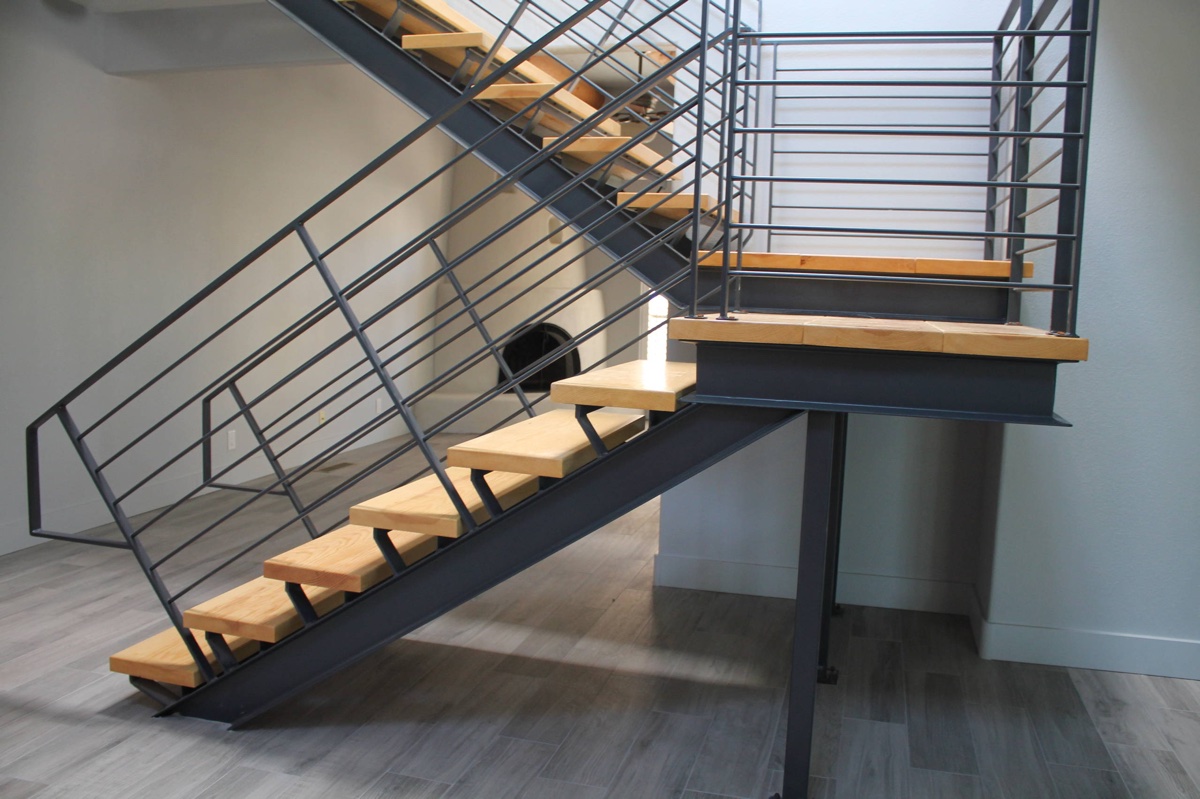

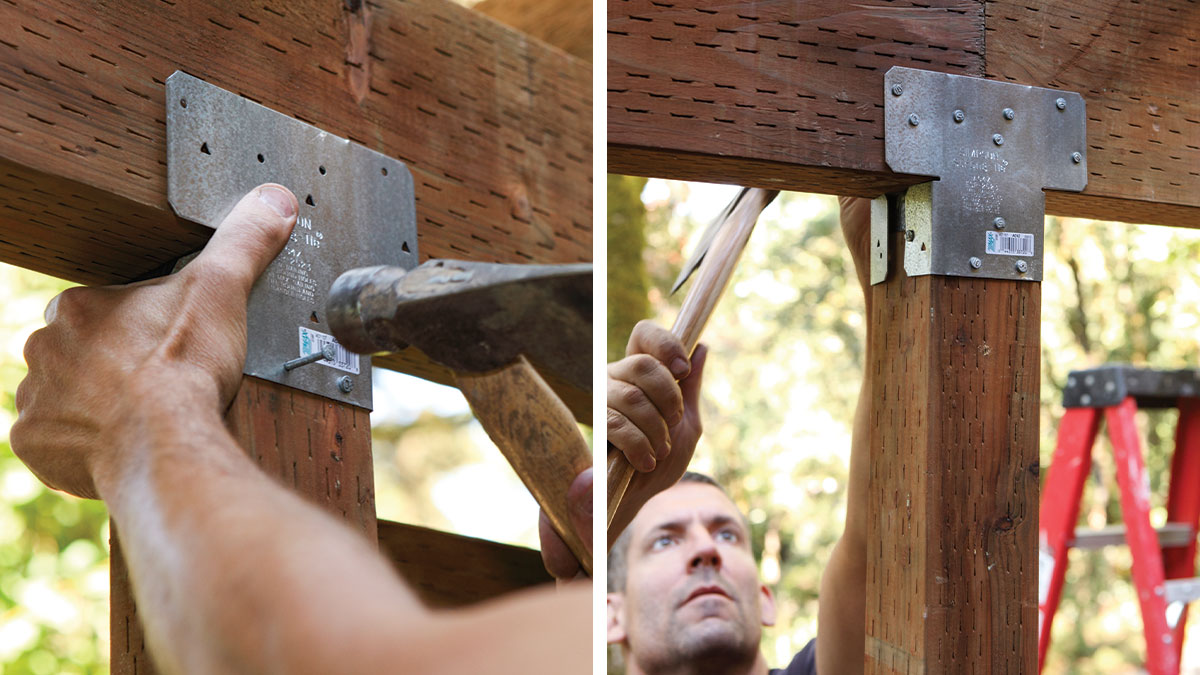
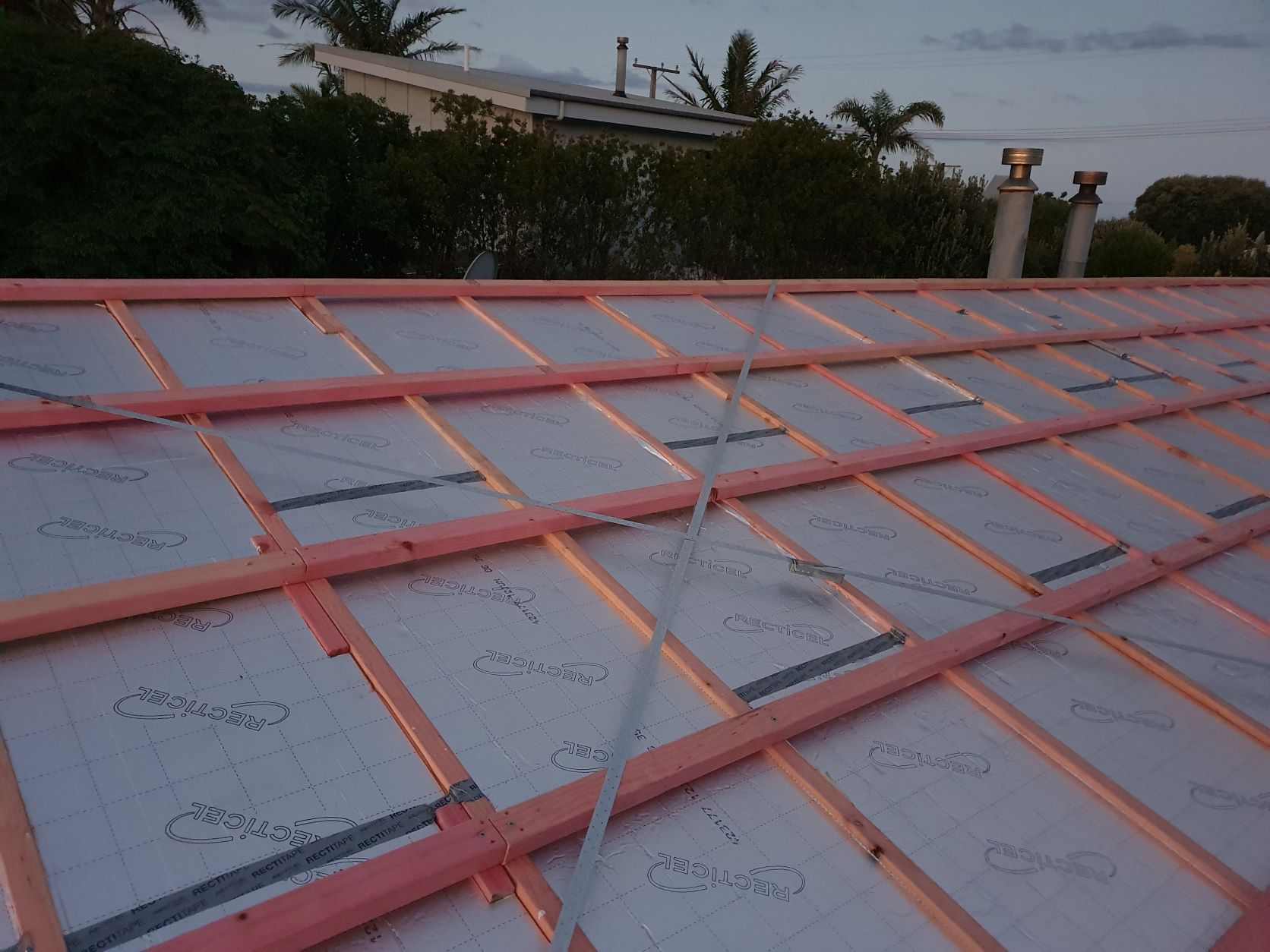
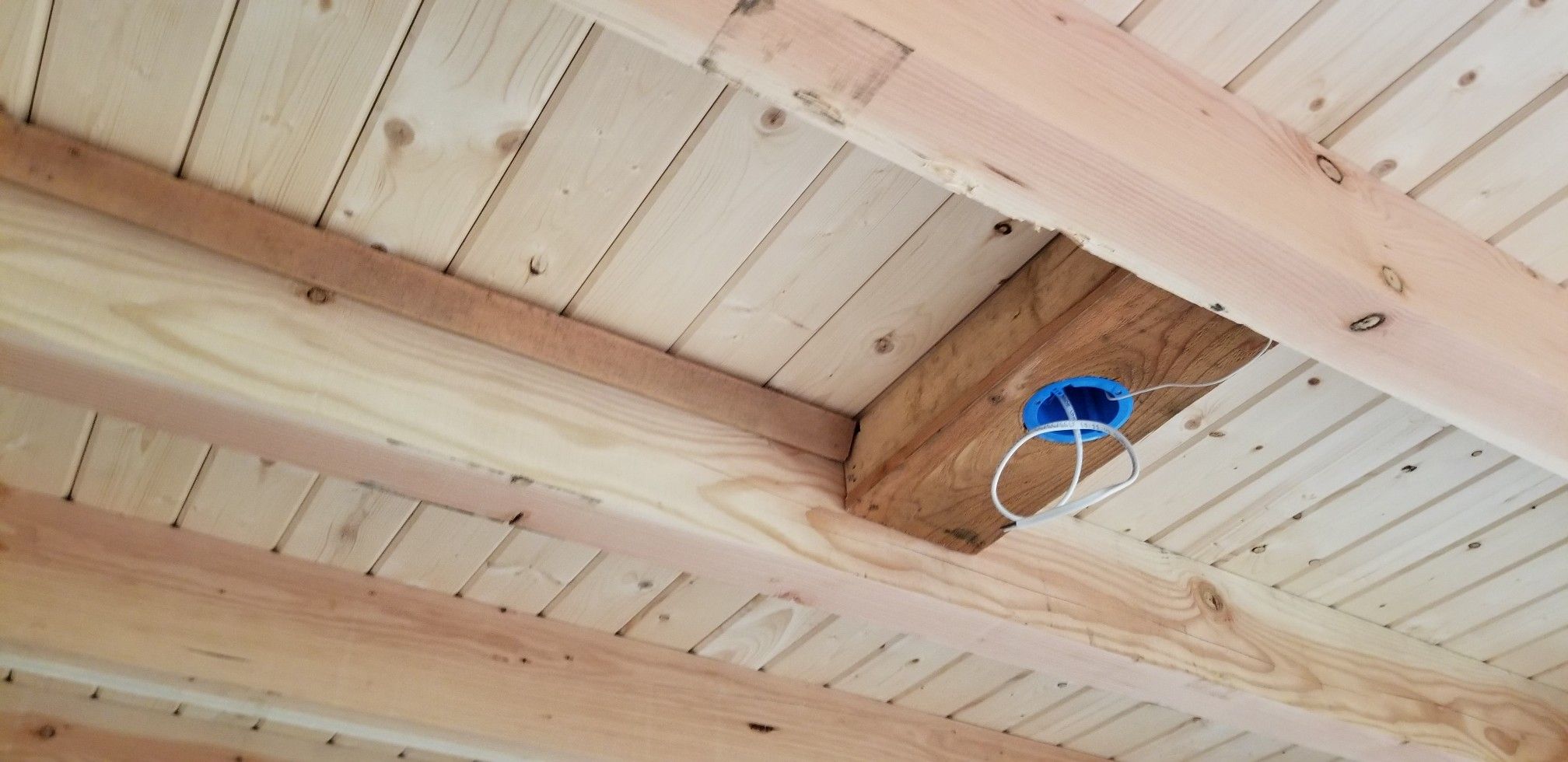




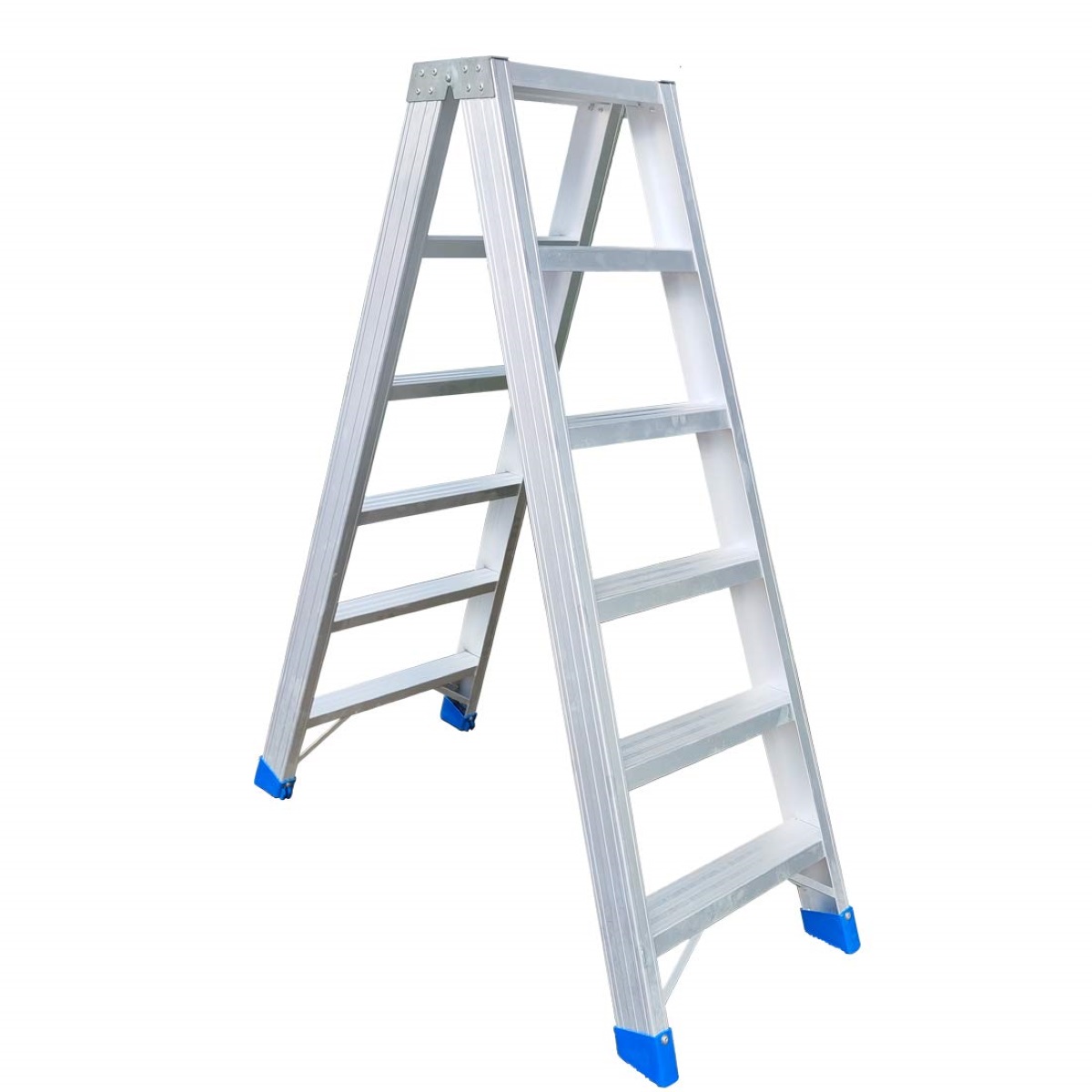
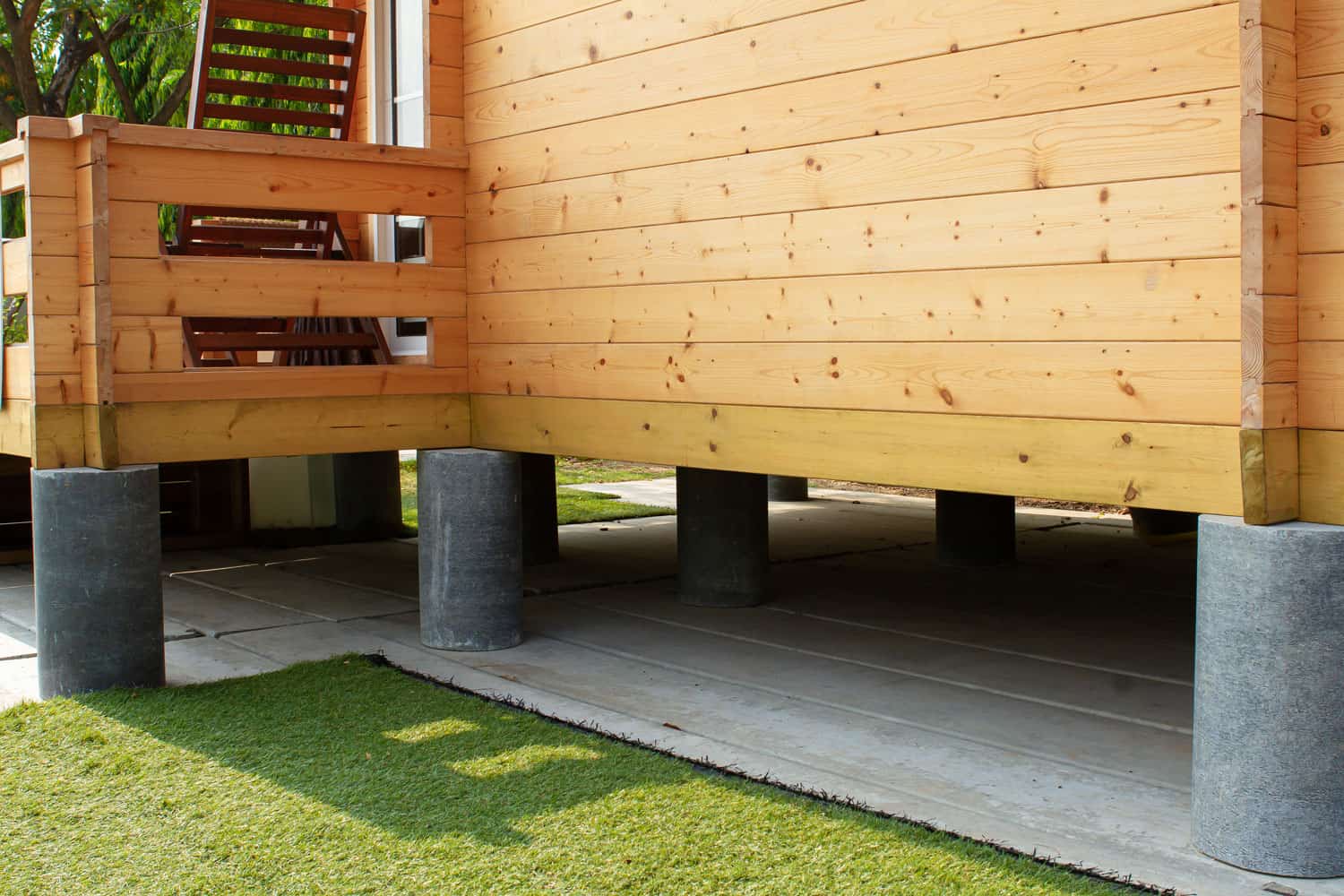
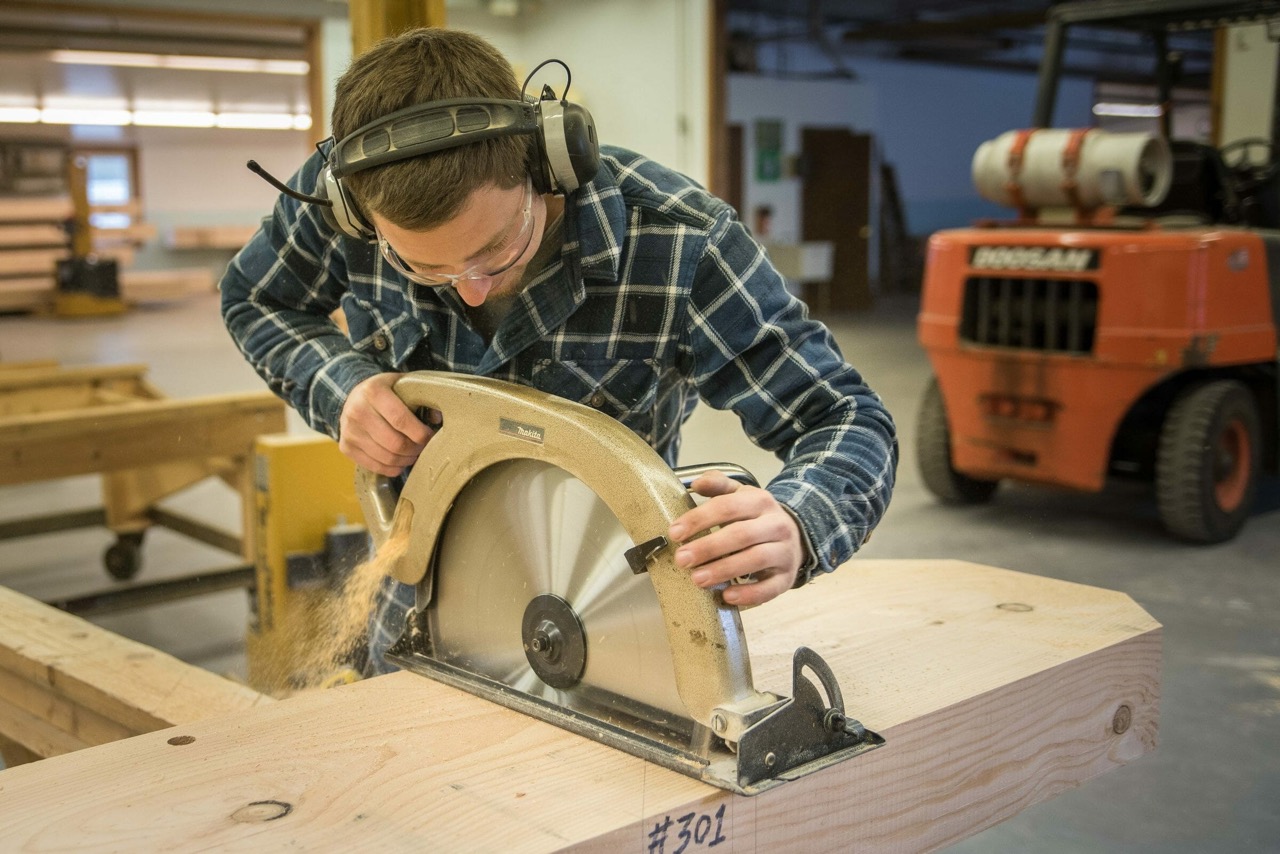
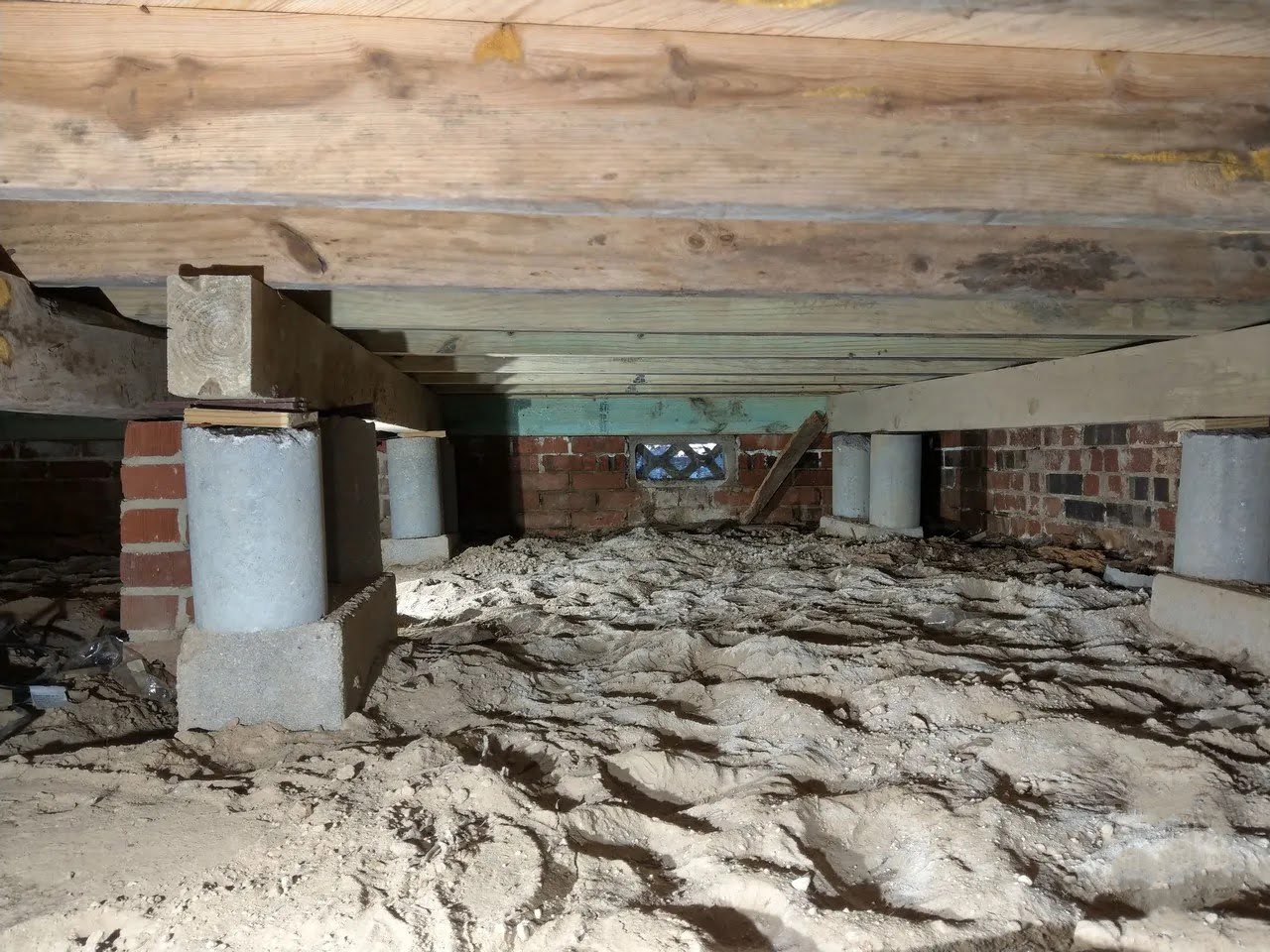

0 thoughts on “How Many Support Beams Are In A Basement”